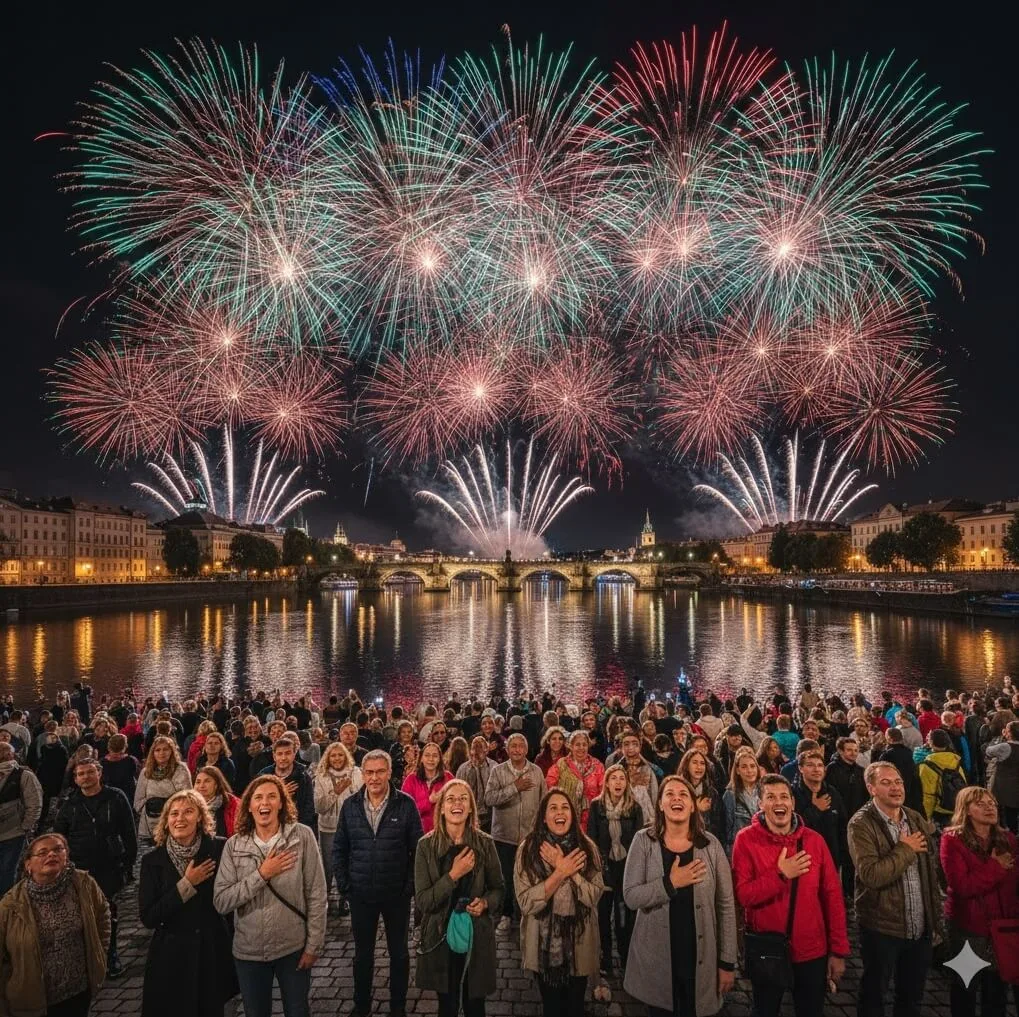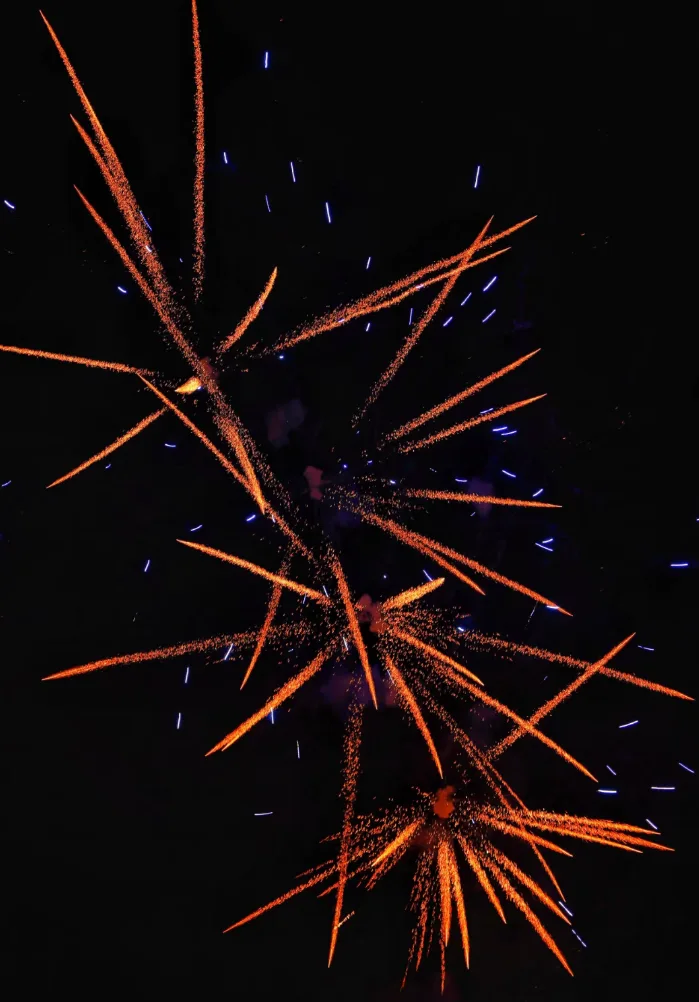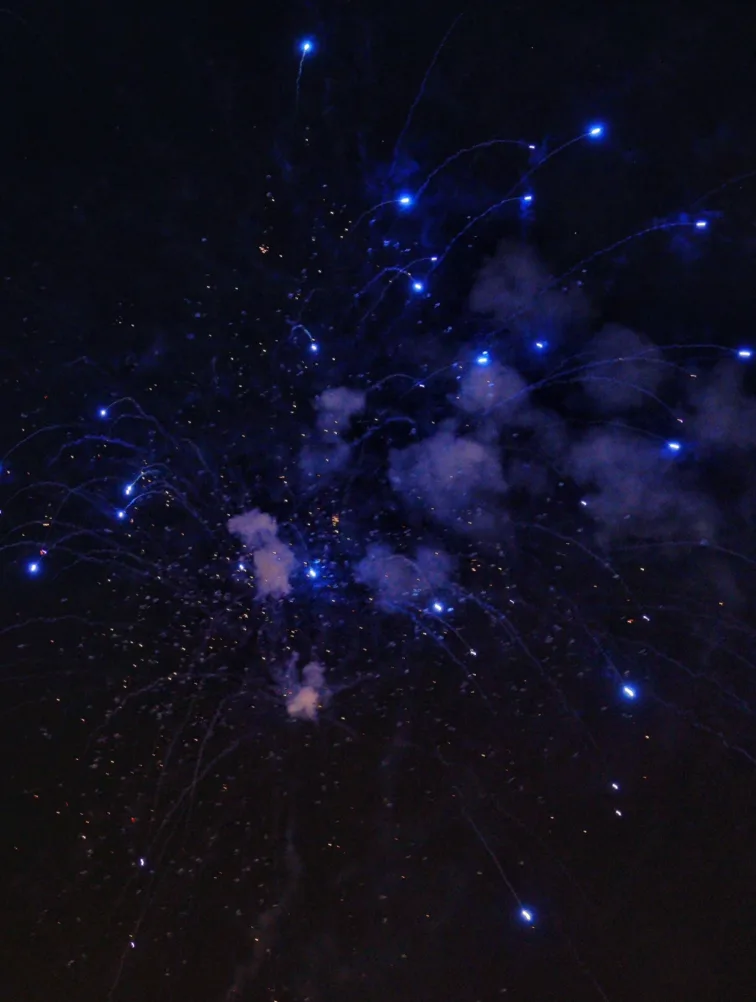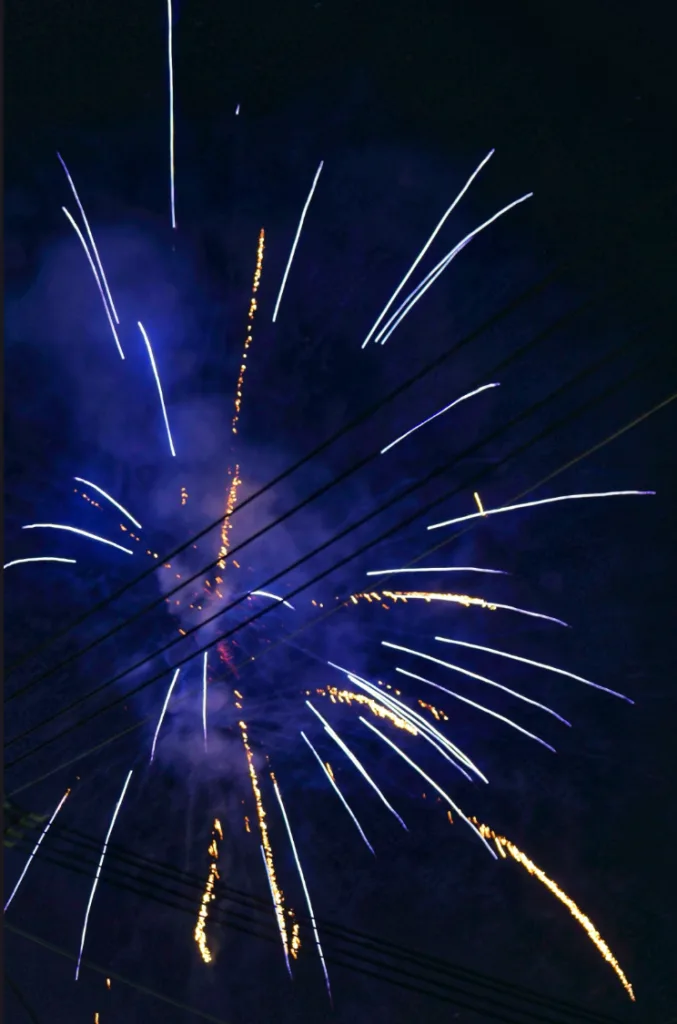Introduction: The Human Projection on the Night Sky
When darkness falls, a flare streaks into the sky with a sharp whistle, only to erupt above with a powerful concussion, instantly releasing a cascade of polychromatic light—this is the enduring fascination of fireworks. This fleeting spectacle transcends mere visual pleasure; it is a collective emotional experience spanning cultures and eras. Our captivation stems not only from the sheer physical impact of light and sound but also from their function as a poetic reflection of human hopes, celebrations, and the transient yet brilliant nature of life itself.
I. The Chemical Feast of Optics: The Rigorous Genesis of Color
The aesthetic core of fireworks lies in their incredible palette, a feat achieved through precise chemical reactions. The vital elements, known as "stars," are the particles within the shell that dictate both color and shape. These stars are complex compositions of an oxidizer, a fuel, and most importantly, an emissive agent (typically metallic salts).
When the firework is ignited, the intense heat generated by the internal explosion excites the electrons within these metal salts. These highly energized electrons are unstable and, upon instantly returning to their lower energy state, they release energy in the form of light at specific wavelengths. The human eye perceives these wavelengths as distinct colors. For instance:
Red: Is commonly produced by strontium salts (e.g., Strontium Carbonate, ).
Blue: The most challenging color to create, often utilizing copper salts (e.g., Copper Chloride).
Green: Is primarily achieved through barium salts (e.g., Barium Chloride).
Yellow: Emanates from sodium salts (e.g., Sodium Nitrate).
This instantaneous atomic physics process transforms dull powder into a clear, saturated vision in the night sky, giving the firework a rigorous and traceable beauty.
II. The Psychological Impact of Sound: Acoustic Waves and Shared Awe
The firework experience is an audio-visual symphony. It is first preceded by a whistle (caused by the friction and burning of the fuse during ascent), culminating in a powerful boom that marks the emotional peak.
This immense sound has a unique impact on the human psyche. In ancient times, the noise was employed to repel evil forces, carrying a solemn, sacred significance. Today, the stunning concussion marks a "momentary pause"—it forcefully interrupts the quietude of daily life, compelling the attention of everyone present. This synchronized acoustic stimulus is a key ingredient in forging collective memory. When thousands of people look up in awe at the same percussive shockwave, they share an unforgettable present.
The physical phenomenon of delayed sound also adds a unique temporal dimension: because the speed of light is vastly greater than the speed of sound, the audience sees the flash moments before they hear the boom. This lag enhances anticipation and spatial awareness, driving home the realization that the spectacular event is unfolding high above in the distant sky.
III. Fireworks as Cultural Anchors: Carriers of Time and Ritual
Fireworks, evolving from earlier firecracker folklore, have a fundamental function as anchors for time and ritual.
Whether it’s the "opening firecrackers" of the Lunar New Year, the chime of the clock on Western New Year's Eve, or the grand displays on national holidays, fireworks are released at a precise temporal junction. Their role is to delineate time and announce a beginning or an end. Without words, they communicate powerfully to all observers: "This moment is extraordinary."
This ritualistic quality embeds the individual's perception of time within the collective historical current. People make wishes, celebrate, or mourn under the same light. The aesthetic significance of fireworks thus elevates from the technical to the humanistic: they cease to be mere chemical reactions and become resonators of human emotion—the visible evidence of countless small, personal moments being gathered, magnified, and ultimately inscribed into the collective memory.






